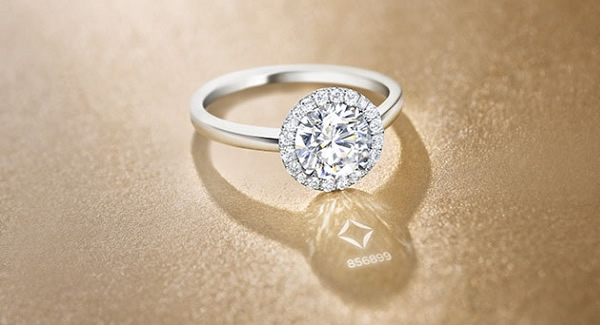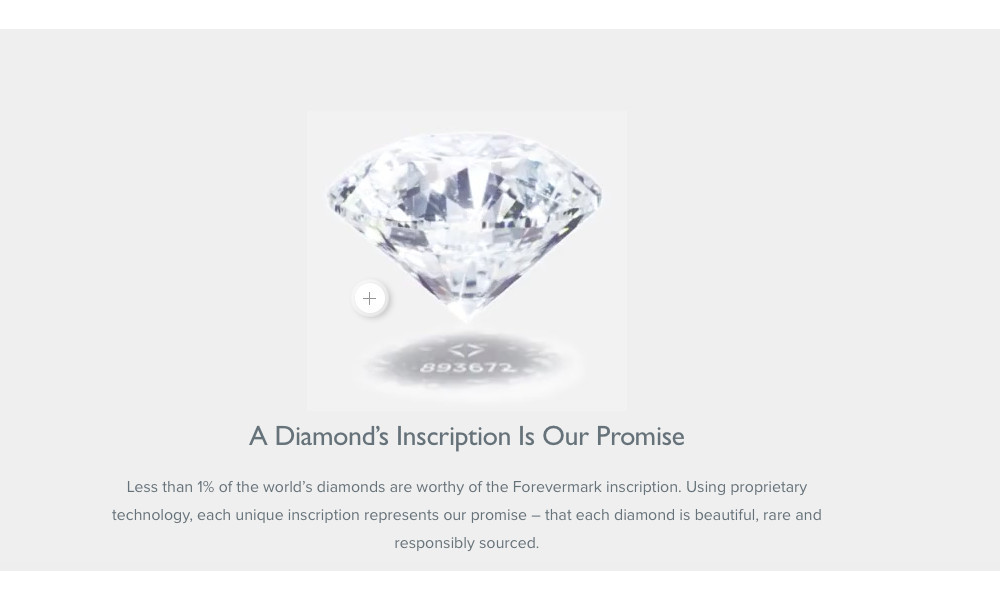A few weeks ago, I had the pleasure of visiting London as a guest of Forevermark, the ethically sourced loose diamond brand founded by De Beers in 2008 to promote its finest stones. Over the course of three days, I joined the brand’s second annual Carat Club excursion, a perk for salespeople who’ve sold 35 or more 1 ct.–plus Forevermark diamonds in a one-year period. (The 2016 class flew to De Beers’ Victor Mine in Canada.)
On day one, our group of 17 toured De Beers’ International Institute of Diamond Grading & Research (IIDGR) in Maidenhead, located about an hour west of central London (followed by a tour of Windsor Castle!). On day two, we sat down with Forevermark CEO Stephen Lussier at De Beers headquarters (followed by a private tour of the crown jewels and an über-exclusive dinner in the Tower of London). And on day three, we flew to Antwerp (and back) to tour the IIDGR’s larger Belgian facility.
The trip afforded me an excellent fly-on-the-wall opportunity to witness how Forevermark trains and rewards its top sellers. Here are five surprising bits of insider knowledge that I came away with:
RFID technology makes the Forevermark Diamond Institute go round
The Forevermark Diamond Institute sits under the umbrella of the IIDGR, which was established by the De Beers Group of Companies in 2008 to provide verification instruments and diamond grading services to the jewelry industry. With two big locations in Antwerp, Belgium, and Surat, India—each handling between 200,000 and 300,000 cut-and-polished diamonds per year—and a smaller facility in Maidenhead, the IIDGR receives diamonds from diamantaires all over the world, and puts them through a rigorous, high-tech process to determine if they’re fit to be inscribed with the Forevermark logo. That determination comes down to a team of experts and a meticulous screening process.
 Simply keeping track of the influx of stones requires a sophisticated scanning and tracking system powered by RFID technology. Every single diamond is shuttled around the lab in its own box, which bears a unique RFID tag, allowing Forevermark to keep track of its whereabouts—and the employee responsible for it at every stage of the way. (One thing to keep in mind is that the box is metaphorically black, meaning its owner and origin are unknown.)
Simply keeping track of the influx of stones requires a sophisticated scanning and tracking system powered by RFID technology. Every single diamond is shuttled around the lab in its own box, which bears a unique RFID tag, allowing Forevermark to keep track of its whereabouts—and the employee responsible for it at every stage of the way. (One thing to keep in mind is that the box is metaphorically black, meaning its owner and origin are unknown.)
Each diamond passes through roughly 37 steps before it’s declared a Forevermark stone. The first task involves weighing the diamond: Forevermark measures the carat weight down to six decimal points, as opposed to the industry standard of two. The next step relies on a Sarine machine to determine polish proportions and build a 3-D model of the diamond. In step three, an in-house color grading machine named Falcon takes over, and within five seconds, determines the stone’s color grade, including numerical subgrades used strictly in-house.
(Fun fact: The lab has a thing for naming its grading machines after birds; the quality grading machine is called Eagle.)


